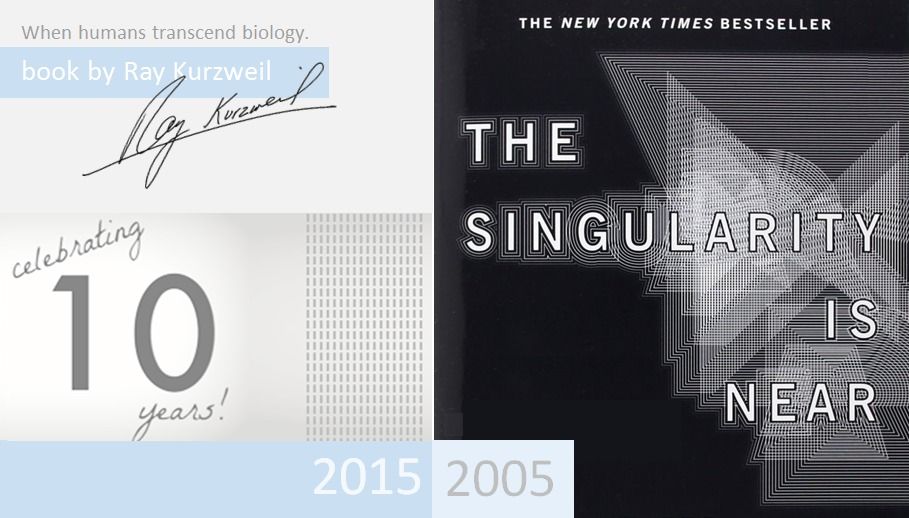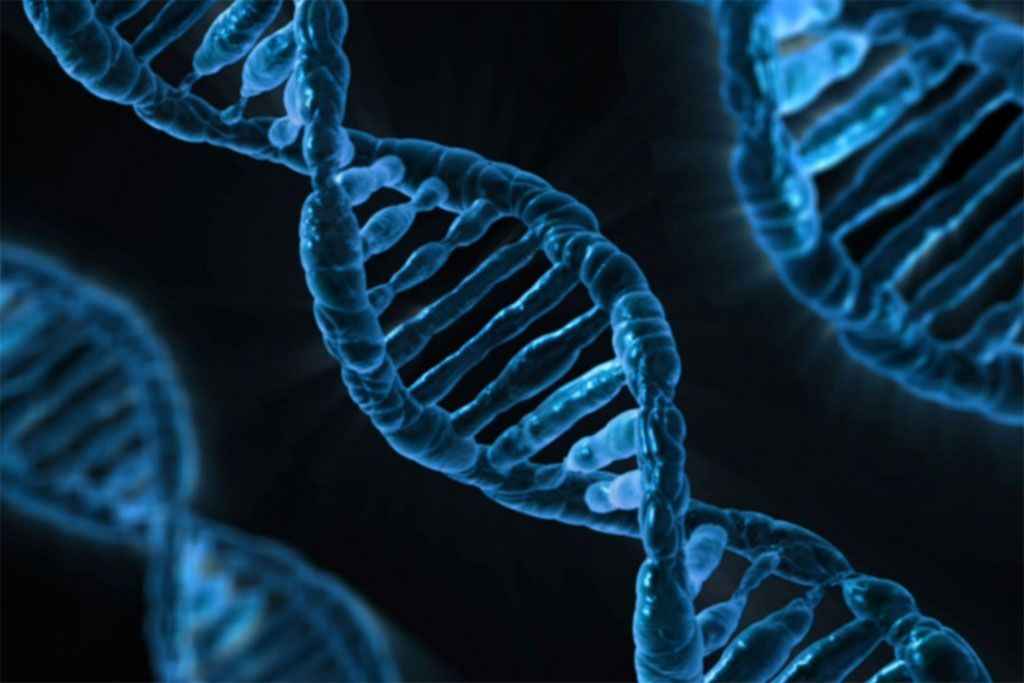Computer scientist Ray Kurzweil, founder of the California-based Singularity University, claims that by 2030s humans could be using nanobots to connect our brains to the cloud.


Computer scientist Ray Kurzweil, founder of the California-based Singularity University, claims that by 2030s humans could be using nanobots to connect our brains to the cloud.

“Here’s a collection of ideas and resources to encourage the next generation of women into Stem, just in time for Ada Lovelace Day.”

My presidential campaign and health care ideas gets a nice mention in this popular article by Vox Editor-in-Chief Ezra Klein, considered a top political journalist in America. It’s nice to see young people like Ezra challenging the entire system. We must move beyond old, dysfunctional ways.
The most important problem in health care, in other words, is health.
If the health-care system got much better at delivering health, then it might make sense to spend what we do now — or to spend even more than that. So long as the system isn’t delivering good value for the money, then yes, cutting costs makes sense. But it’s important not to lose sight of the real goal: more health, not less health spending. Washington’s myopic focus on costs risks doing just that.
More: 8 facts that explain what’s wrong with American health care.

Ray Kurzweil’s singularity of human superintelligence is a polar opposite of the singularity described by Vinge, Hawking, and Bostrom:
“The singularity will be a merger of our bodies and minds with our technology. The world will still be human, but transcend our biological roots. There will be no distinction between human and machine, nor between physical and virtual reality.”
Dear readers,
This month celebrates the 10 year anniversary of the classic book The Singularity Is Near, written by Ray Kurzweil, published in September 2005.
In the decade since its publication, we’ve witnessed an explosion of breakthroughs in genetic engineering, medical regeneration of the human body, autonomous robotics, computing power, and renewable energy. Advanced sensor arrays and internet meshes are uniting all people and things within the interconnected environments we live in, and with each other. Today’s massively scaled, crowd-sourced knowledge, innovation, and shared human experience are driving this momentum. The future is now.

What is ideally needed is a bulk electricity storage device which is scalable to gig watt, which is reliable, efficient and economically viable, but more importantly, it should be environmentally friendly. One such promising technology on the horizon with a capability to compete with pumped hydro and gas turbines for peaking and immediate power generation is storing energy by gravity.
A gravity storage system consist of a pair of two deep shafts one large, and the other smaller in diameter connected at the top and bottom, forming a closed formed circuit via a reversible pumpturbine, as seen in Figure 1. The shafts are filled with water, which acts as a medium for energy transfer, and the bigger shaft is fitted with a huge steel piston filled with reinforced rock and concrete. The whole device operates on the simple action of vertical motion of piston.
During the availability of surplus electricity, the reversible pumpturbine converts the grid power supplied by a dual purpose motorgenerator to potential energy, by pumping the water in the larger shaft to raise the heavy piston. At times of need, like during peak demand, this stored potential energy is converted back to electrical energy by allowing the piston to descend, which in the process energizes the water molecules to rotate the turbinepump blades, leading to power generation at the generatormotor end.

A self-driving lorry takes to Germany’s motorways.
Would you feel safe driving next to one?


Warning that rapid advances in genetics make “designer babies” an increasing possibility, a United Nations panel today called for a moratorium on “editing” the human genome, pending wider public debate lest changes in DNA be transmitted to future generations or foster eugenics.
While acknowledging the therapeutic value of genetic interventions, the panel stressed that the process raises serious concerns, especially if the editing of the human genome should be applied to the germline, thereby introducing hereditary modifications.
“Gene therapy could be a watershed in the history of medicine and genome editing is unquestionably one of the most promising undertakings of science for the sake of all humankind,” the UN Educational, Scientific and Cultural Organization (UNESCO) said in a news release on a report by its International Bioethics Committee (IBC).

For decades, researchers have been trying to build a computer that harnesses the enormous potential of quantum mechanics. Now engineers from the University of New South Wales (UNSW) in Australia have overcome the final hurdle, by creating a quantum logic gate in silicon — the same material that today’s computer chips are made from.
The newly developed device allows two quantum bits — or qubits — to communicate and perform calculations together, which is a crucial requirement for quantum computers. Even better, the researchers have also worked out how to scale the technology up to millions of qubits, which means they now have the ability to build the world’s first quantum processor chip and, eventually, the first silicon-based quantum computer.
Right now, regular computer chips store information as binary bits, which are either in a 0 or 1 state. This system works well, but it means that there’s a finite amount of data that can be processed. Qubits, on the other hand, can be in the state of 0, 1, or both at the same time, which gives quantum computers unprecedented processing power… if we can work out how to build them.

“Solve is a cross-disciplinary program led by MIT to convene the people and organizations that are addressing the world’s most pressing challenges in healthcare, energy, the environment, education, food & water, civil infrastructure and the economy.”